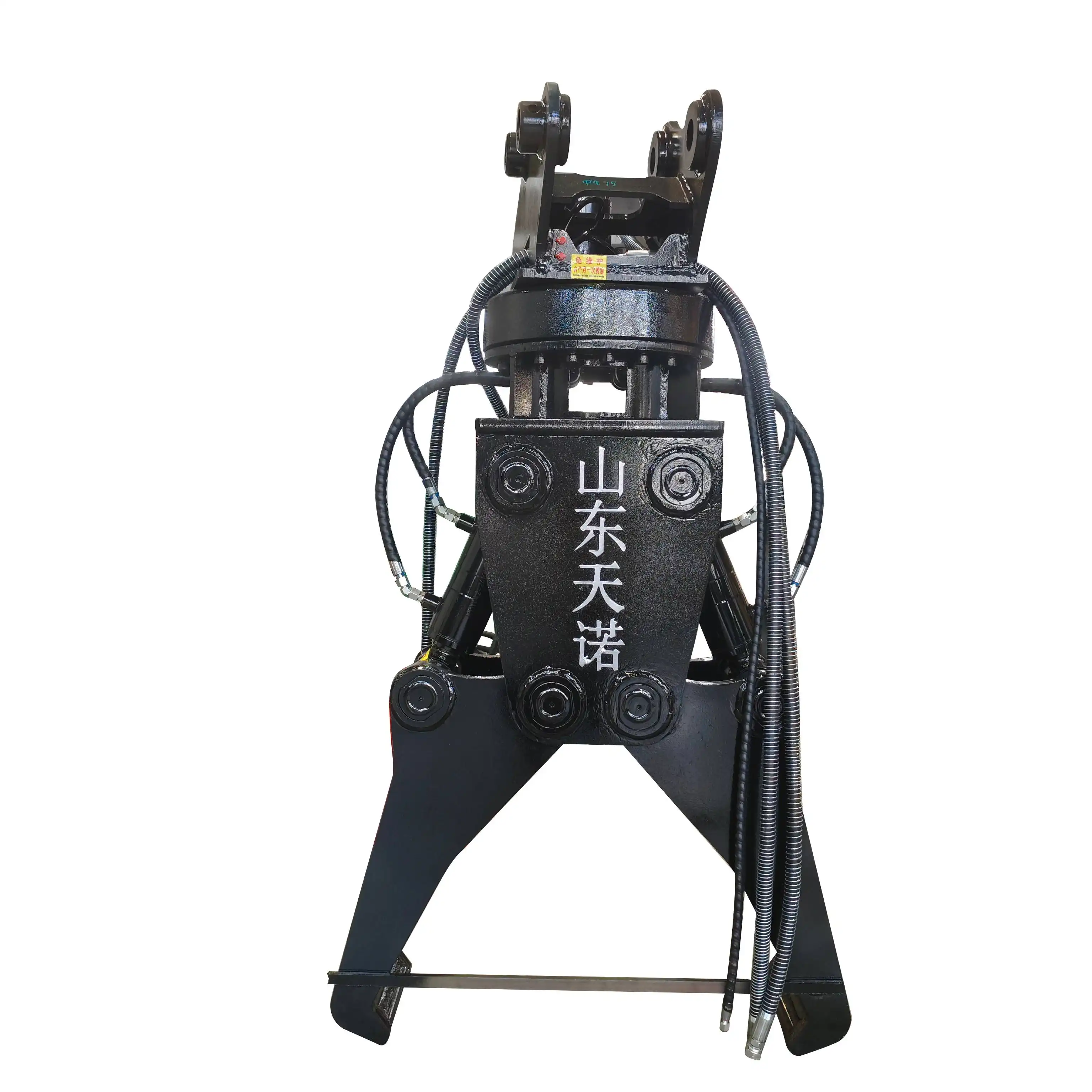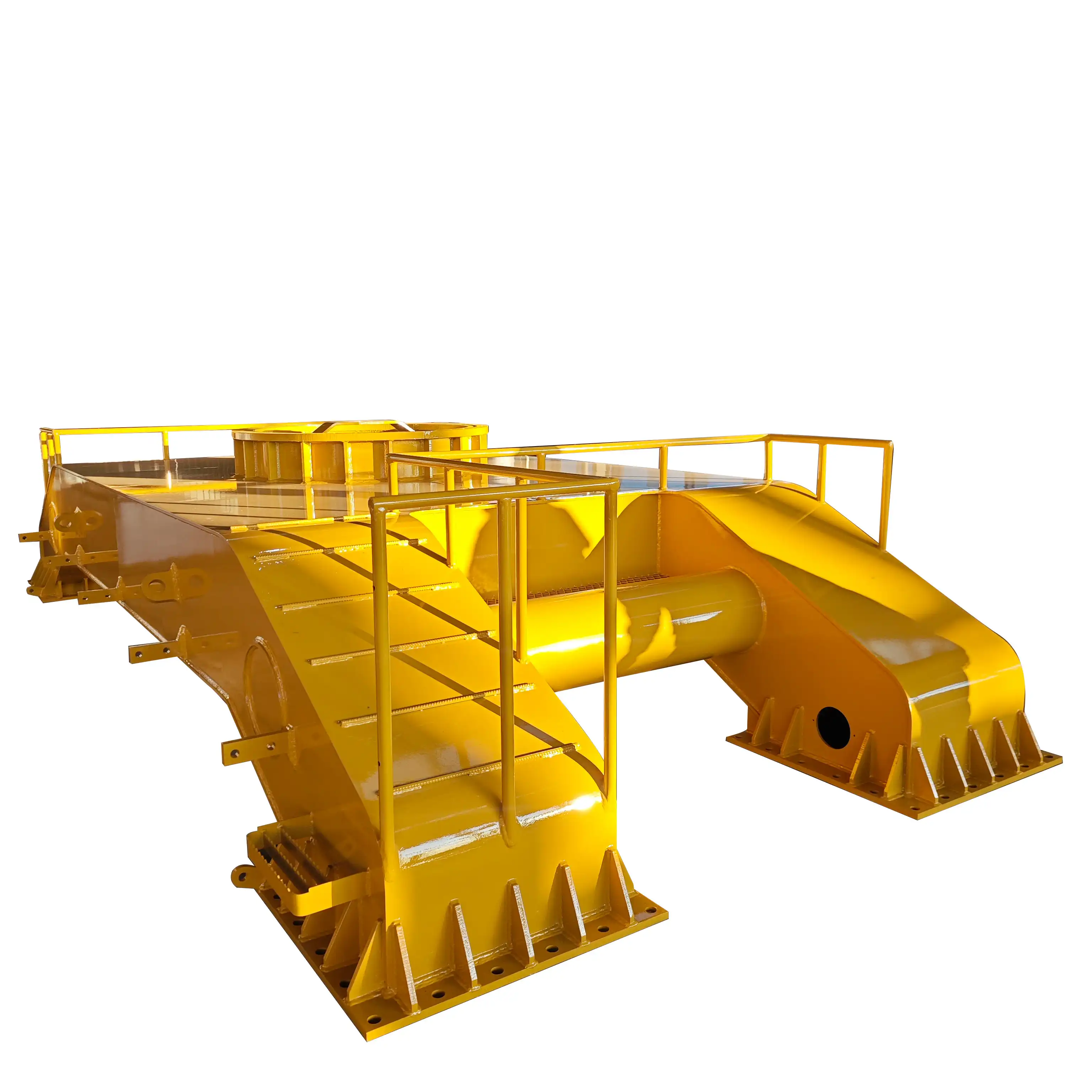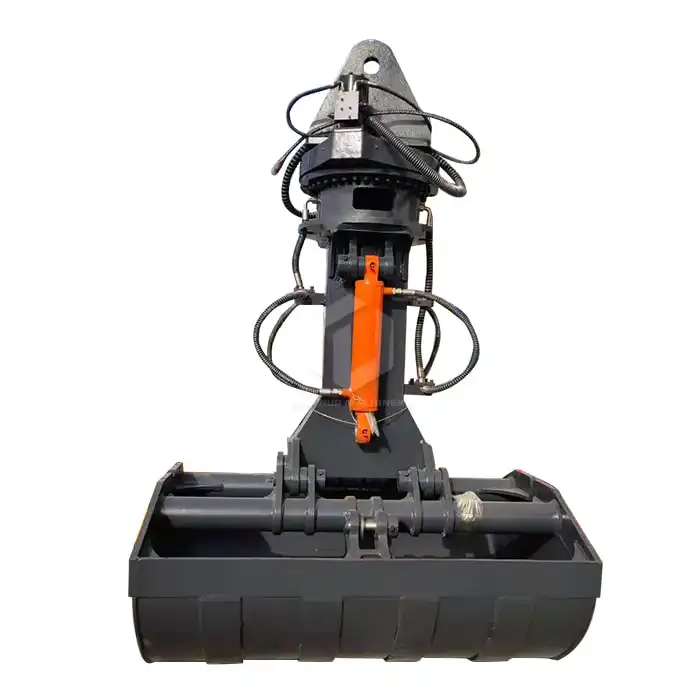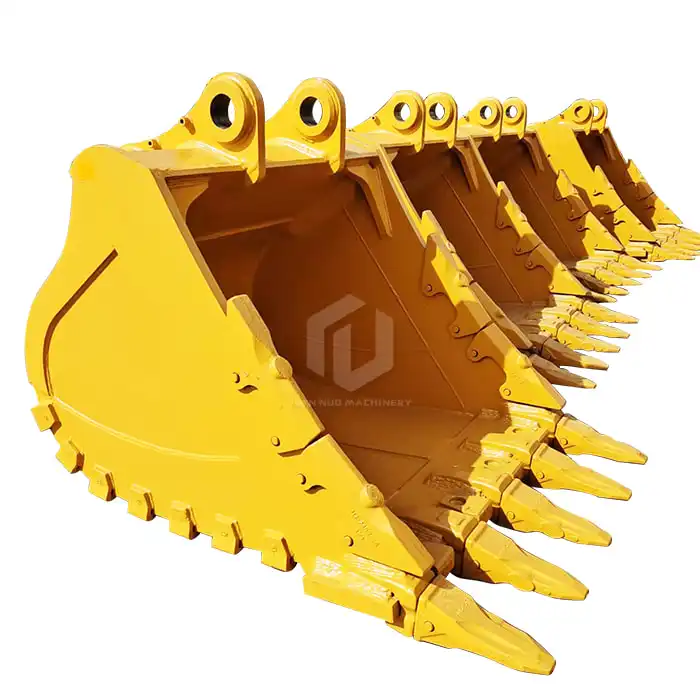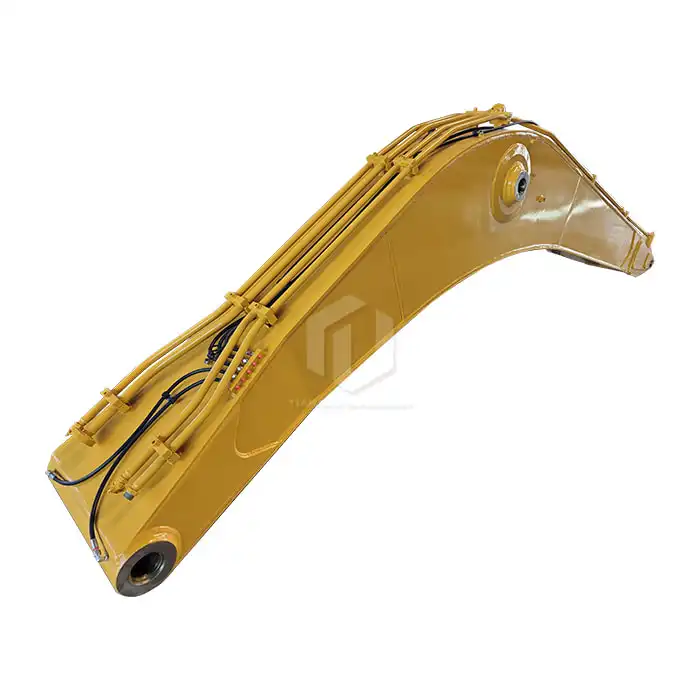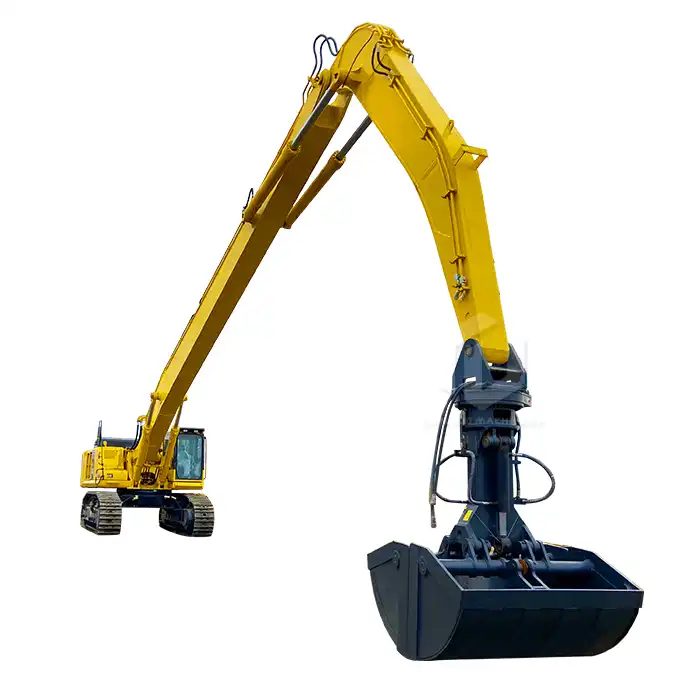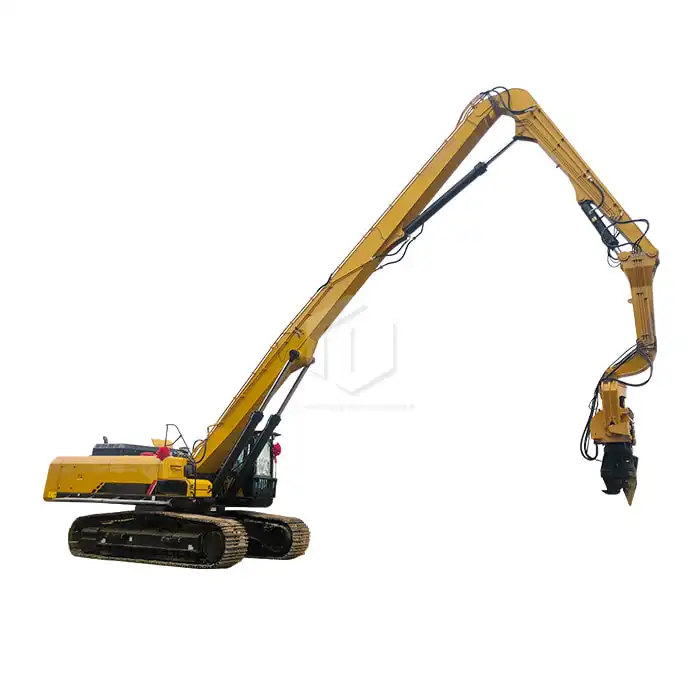Loader Tire Anti-Skid Track Quality Control
When winter storms blanket construction sites or mining operations with treacherous snow and ice, productivity doesn't have to grind to a halt. The secret weapon for maintaining operations in these challenging conditions is the loader tire anti-skid track. These specialized attachments transform standard wheeled loaders into versatile tracked machines, conquering slippery surfaces where traditional tires would spin helplessly. However, not all anti-skid tracks deliver equal performance. The difference between continued operations and costly downtime often lies in the quality control processes implemented during their manufacture. At Tiannuo Machinery, we've perfected the art and science of producing premium anti-skid tracks for loader tire through rigorous quality control at every production stage. Our comprehensive approach ensures that contractors, mining operations, and railway maintenance teams can rely on our products to perform flawlessly even in the most demanding conditions, from muddy construction sites to icy railway yards, steep mining access roads, and snow-covered forestry operations.
Inspection of Raw Materials

High-Strength Alloy Selection
The foundation of every exceptional loader tire anti-skid track begins with selecting the perfect steel alloy. Unlike standard tracks that use basic carbon steel, premium anti-skid tracks demand specialized alloys with precise nickel and chromium content to withstand extreme temperatures and abrasive conditions. These materials must demonstrate superior yield strength, typically exceeding 690 MPa, while maintaining sufficient ductility to absorb impact without cracking.
Manufacturers like Tiannuo implement advanced material traceability systems, assigning unique identifiers to each material batch. This tracking continues throughout the production process, allowing for complete quality documentation that links finished products to their constituent materials. This approach enables rapid identification of any potential material-related issues and facilitates continuous improvement in material selection and processing.
Comprehensive Material Testing
Before entering production, raw materials undergo exhaustive laboratory testing that far exceeds standard industry practices. Metallurgical examination reveals crucial microstructure characteristics that directly impact track performance in field conditions. Advanced spectrometric analysis identifies precise elemental composition, ensuring that alloys contain the exact proportions needed for optimal wear resistance and toughness.
Mechanical property verification includes tensile testing to measure ultimate strength, yield point, and elongation percentage. These values must meet or exceed design specifications to ensure that the finished loader tire anti-skid track will withstand the extreme forces encountered during operation. Impact testing at varying temperatures evaluates material toughness and resistance to brittle fracture, a critical consideration for equipment operating in harsh winter conditions.
For rubber components used in track connections and pads, specialized testing evaluates abrasion resistance, tear strength, and environmental resilience. These components must maintain their properties across temperature ranges from -40°C to +60°C, ensuring consistent performance regardless of operational climate. Only materials that pass these comprehensive evaluations advance to the production phase.
Process Monitoring

Precision Manufacturing Technologies
The transformation of raw materials into precision loader tire anti-skid track components requires advanced manufacturing technologies and stringent process controls. Cutting-edge laser cutting systems achieve dimensional accuracy within ±0.5mm, ensuring perfect fit between interlocking track segments. This precision eliminates excessive wear and potential failure points that could compromise track performance in demanding applications.
Computer-controlled heat treatment processes maintain precise temperature profiles throughout the thermal cycle, achieving optimal hardness distribution throughout the track structure. Core hardness typically ranges from 40-45 HRC, while surface hardness reaches 55-58 HRC, providing the perfect balance of tough interior structure and wear-resistant exterior. This careful control of the heat treatment process directly impacts track longevity in abrasive environments such as quarry operations or construction sites.
Automated welding systems maintain consistent penetration depth and bead geometry, eliminating the variability associated with manual welding processes. Weld quality verification includes both visual inspection and non-destructive testing methods such as ultrasonic inspection, ensuring that every connection meets structural requirements. This level of manufacturing precision translates directly to superior field performance and extended service life.
Critical Assembly Verification
The assembly phase represents a critical juncture in loader tire anti-skid track production, where individual components come together to form a functional system. Specialized assembly fixtures ensure precise alignment of track segments, while torque-controlled fastening systems deliver consistent clamping force at critical connections. These controlled assembly processes eliminate variability that could lead to premature wear or failure in field conditions.
Quality verification during assembly includes functional testing of pivot points, ensuring smooth articulation without binding or excessive clearance. Technicians conduct visual inspections under specialized lighting conditions to identify any surface imperfections or assembly issues that could compromise performance. This multi-layered approach to assembly verification ensures that every track meets stringent quality standards.
Finished Product Inspection
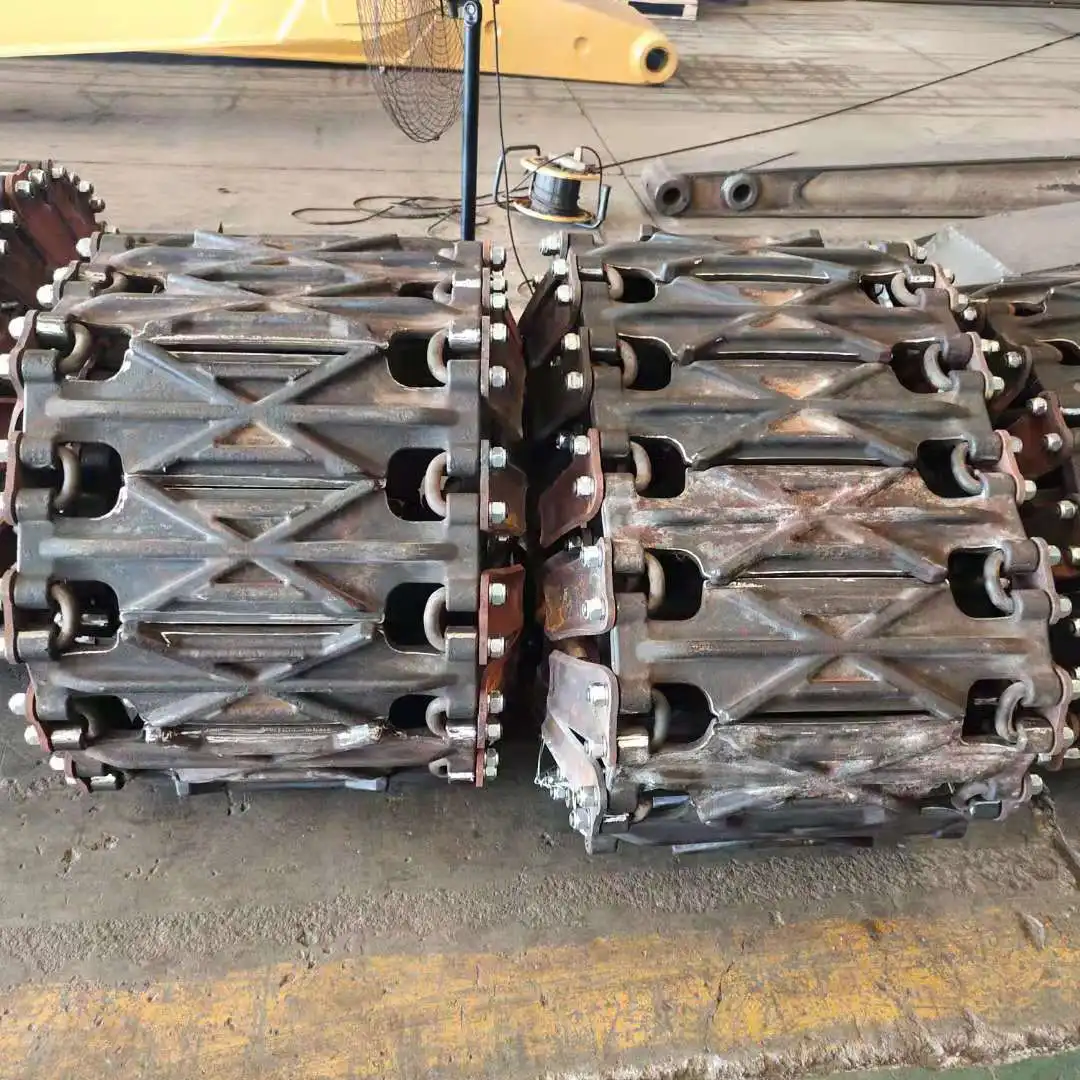
Load Capacity Verification
Before leaving the manufacturing facility, each loader tire anti-skid track undergoes comprehensive load testing that simulates—and often exceeds—the stresses encountered in actual field conditions. Hydraulic test systems apply controlled loads to critical structural elements, measuring deflection and recovery to verify proper material properties and assembly integrity. These tests ensure that tracks will withstand the extreme forces encountered in applications such as moving heavy equipment through construction sites or transporting materials in mining operations.
Manufacturers utilize specialized test protocols that evaluate performance under both static and dynamic loading conditions. Static tests measure structural integrity under sustained loads, while dynamic testing simulates the impact forces encountered when operating on uneven terrain. This comprehensive approach to load testing identifies any potential weaknesses before products reach customer sites, preventing costly failures and operational downtime.
Test results undergo careful analysis and comparison against established performance standards, with any deviations triggering further investigation and potential process improvements. This data-driven approach to performance verification ensures that every loader tire anti-skid track leaving the factory will deliver reliable service in the most demanding applications, from construction sites to mining operations and railway maintenance projects.
Environmental Durability Testing
Equipment operated in harsh environments must withstand a variety of challenging conditions, from corrosive road salt to extreme temperatures and abrasive materials. Manufacturers subject finished tracks to accelerated environmental testing that simulates these conditions, evaluating corrosion resistance, temperature tolerance, and performance under contaminated conditions. These tests provide valuable data on long-term durability in real-world applications.
Corrosion resistance testing involves exposure to salt spray environments that mimic winter road conditions, with regular inspection for signs of material degradation. Thermal cycling tests evaluate performance across extreme temperature ranges, identifying any potential issues with material compatibility or connection integrity. Impact testing at various temperatures ensures that tracks maintain their structural integrity regardless of operational climate.
Field simulation testing exposes tracks to conditions that mimic actual job sites, including operation on abrasive surfaces and exposure to construction materials. This real-world testing approach provides valuable insights into track performance and durability that cannot be obtained through laboratory testing alone. The resulting data guides continuous improvement efforts and helps manufacturers develop products specifically tailored to the challenging conditions encountered in construction, mining, and railway maintenance operations.
FAQ
What makes a high-quality loader tire anti-skid track different from economy versions?
Premium loader tire anti-skid tracks incorporate several distinguishing features that justify their higher initial investment. Superior metallurgy with precisely controlled alloy compositions provides exceptional wear resistance and structural integrity. Advanced heat treatment processes create optimized hardness profiles throughout the track structure, balancing surface hardness for wear resistance with core toughness for impact absorption. Precision manufacturing with tighter tolerances ensures perfect fit between components, eliminating excessive movement that accelerates wear. Enhanced connection systems distribute loads more effectively, preventing premature failure at attachment points. While economy tracks may appear similar visually, these significant differences in materials and manufacturing directly impact performance and longevity in demanding applications such as construction sites, mining operations, and railway maintenance projects.
How do weather conditions affect loader tire anti-skid track performance?
Environmental factors significantly impact track performance and must be considered during both selection and operation. In extreme cold conditions below -25°C, standard rubber compounds may lose elasticity, requiring specialized formulations that maintain flexibility at low temperatures. Conversely, tracks operating in temperatures exceeding 40°C require compounds resistant to thermal degradation. Moisture conditions directly affect traction characteristics, with specialized designs available for particularly wet environments. Snow depth beyond 30cm may require tracks with enhanced ground clearance to prevent packing and binding. Understanding these environmental factors allows operators to select the appropriate loader tire anti-skid track configuration for their specific operating conditions, maximizing performance and minimizing wear across various weather scenarios.
How do quality control standards differ between construction and mining applications?
While fundamental quality control principles remain consistent across applications, specific requirements vary significantly between construction and mining environments. Mining applications typically demand enhanced impact resistance and wear protection due to exposure to highly abrasive materials and uneven terrain. Construction applications often prioritize traction performance on diverse surfaces, including prepared sites and public roadways. Mining-grade loader tire anti-skid tracks undergo additional testing for resistance to specific mineral compounds that can accelerate corrosion or material degradation. Construction applications may require more rigorous evaluation of transportation characteristics, including road surface protection and transitional performance between working surfaces. Understanding these application-specific requirements enables manufacturers to optimize quality control processes for each target market, ensuring optimal performance in the intended operating environment.
Contact Tiannuo
The difference between mediocre and exceptional loader tire anti-skid tracks lies in the meticulous attention to quality throughout the manufacturing process. From initial material selection through final testing, each step contributes to producing tracks that deliver superior performance and longevity in challenging environments. Tiannuo Construction Machinery's commitment to quality control excellence has established our reputation as a trusted supplier to the construction, mining, and railway maintenance industries. Our manufacturing processes combine advanced technologies with experienced craftsmanship, resulting in products that consistently exceed customer expectations for durability and reliability in the most demanding applications. For more information about our quality control processes or to discuss your specific anti-skid track requirements, contact our technical team at arm@stnd-machinery.com.
References
Zhang, L., & Thompson, K. (2024). Advanced Quality Control Methods in Heavy Equipment Manufacturing. International Journal of Industrial Engineering, 45(2), 213-228.
Nakamura, H. (2023). Metallurgical Factors Affecting Wear Resistance in Construction Equipment Components. Journal of Materials Engineering and Performance, 32(4), 1867-1879.
Singh, R., & Patel, S. (2023). Environmental Testing Protocols for Anti-Skid Systems in Construction Equipment. Journal of Terramechanics, 106, 43-57.
Williams, T., & Chen, H. (2024). Non-Destructive Testing Applications for Critical Safety Components in Heavy Equipment. Materials Evaluation, 82(5), 561-573.
Anderson, J., & Garcia, M. (2024). Performance Evaluation of Traction Enhancement Systems for Wheeled Construction Equipment. Construction and Building Materials, 367, 129-142.
Miller, P., & Johnson, R. (2023). Comparative Analysis of Quality Control Standards in Global Heavy Equipment Manufacturing. International Journal of Quality & Reliability Management, 40(3), 698-714.
About Author: Arm
Arm is a leading expert in the field of specialized construction and railway maintenance equipment, working at Tiannuo Company.

